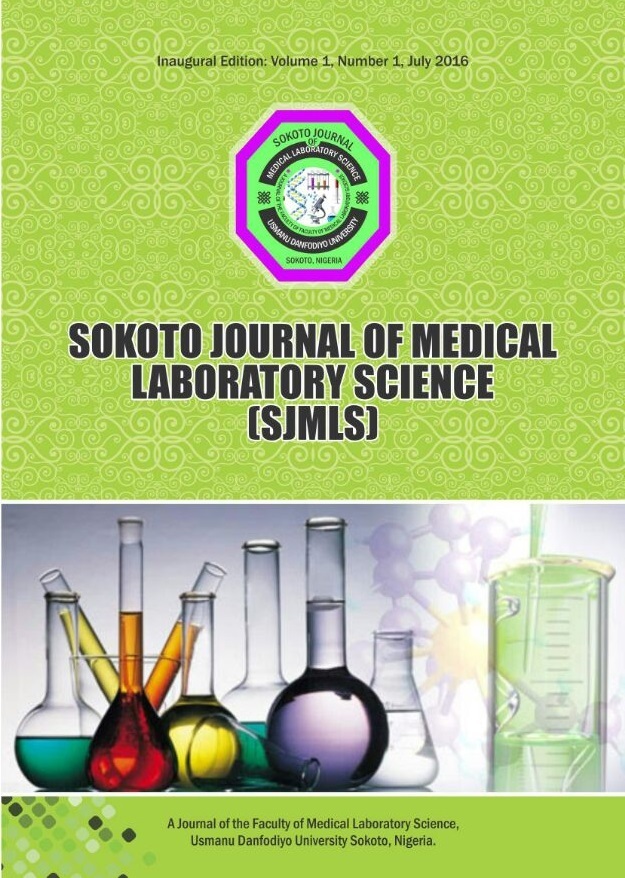Phytochemical and Antibacterial Studies of the Aerial Parts of Euphorbia convolvuloides Extracts
DOI:
https://doi.org/10.4314/sokjmls.v9i2.13Keywords:
Euphorbia convolvuloides, Antibacterial, Extraction, Phytochemical, micro-organisms.Abstract
The growing resistance of anti-microbial agents to current antibiotics gives emphasis to the urgency of seeking new antimicrobial alternatives, especially from natural sources. The aim of this study was to evaluate the phytochemical and antibacterial efficacy of n-hexane, dichloromethane, ethyl acetate, n-butanol, methanol and water fractions derived from aerial parts of Euphorbia convolvuloides with a view to identify the most active fraction from the plant and to determine the reliability of the use of the plant in ethno-medicine. Phytochemical screening was conducted using standard procedures and the antibacterial property of the plant extract was assessed against the test isolates using agar well diffusion and broth dilution methods. The results of the phytochemical analysis of the extracts revealed the presence of carbohydrates, saponins, phenols, flavonoids, tannins, alkaloids, anthraquinones, diterpenoids, steroids and cardiac glycosides. The n-butanol fraction exhibited good activity against E. coli (30 mg/cm3) and methanol against S. aureus (22 mg/cm3), E. coli (21 mg/cm3), S. typhi (19 mg/cm3), and P. aeruginosa (17 mg/cm3) while ofloxacin (5µg) was used as standard. The Minimum Inhibitory Concentration (MIC) and Minimum Bactericidal Concentration (MBC) of the n-hexane, n-butanol and methanol fraction were 3.13-100 mg/cm3 and 12.50-100 mg/cm3 respectively against the tested organisms. Methanol fraction possessed the most significant antibacterial activity among the fractions tested against the pathogens.




